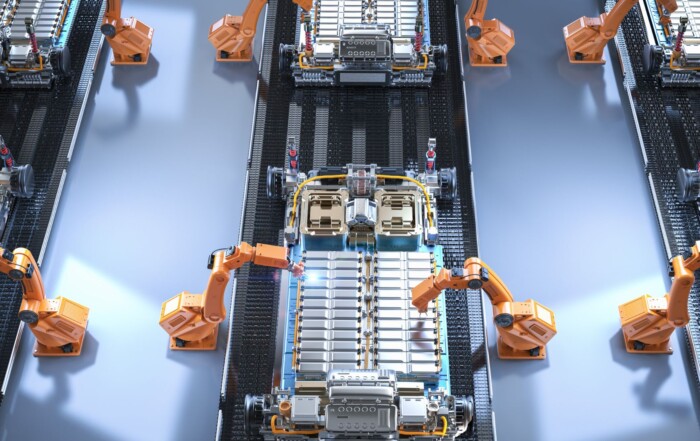Control equipment using radar sensors –
Non-contact & active operation of technical devices
Radar technology enables you to obtain information about objects in the surroundings without contact. An antenna emits microwaves at the speed of light that are reflected by objects or persons within range and then received again. Through analysis of the received signals, it is possible to locate objects in space, because radar provides data such as speed, direction of movement, distance, and angular position.
This information is also available to technical devices. This provides our equipment with a means to perceive and react to its surroundings. If we fit machines, devices, or vehicles with radar sensors, we imbue state-of-art technology with a kind of artificial sensory organ. But this provides us not only with a means of reaction, but also of interaction. Sensors are therefore not just used for automation but also enable active, contact-free control. With a deliberate motion, we can thus trigger a technical function. We are already making good use of this non-contact operating method.
Four applications that rely on radar technology are described below.
Contactless is the future.
The non-contact control system is by no means futuristic. It supports us in many things, offering real added value. The advantages of contactless control through radar are very significant, meaning they will quickly win over other industries. You’ll learn what these benefits are from our blog article entitled ‘Interacting without touching technology’. In addition to active, non-contact control, radar technology also boasts applications for passive control. The blog article entitled ‘Automate technical functions with radar sensors’ broaches the topic of automation.
Header Picture Source: © zephyr_p by adobe stock
Share this Content
Building Automation & Smart Home
Contactless and intelligent control for modern technology
Radar sensors take on many tasks for us, thus making our everyday lives easier, safer, and more efficient. They are a kind of sensory organ for objects for perceiving their surroundings. These technological assistants open up new possibilities for operating devices: contactless interaction between humans and devices. The sensors are the link for triggering or automating certain actions without contact or automating them.


